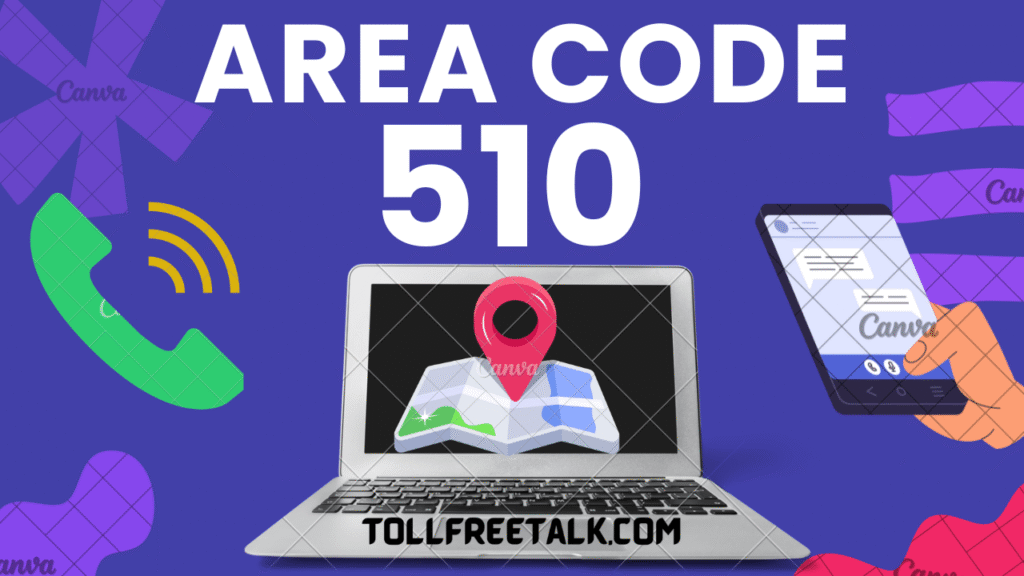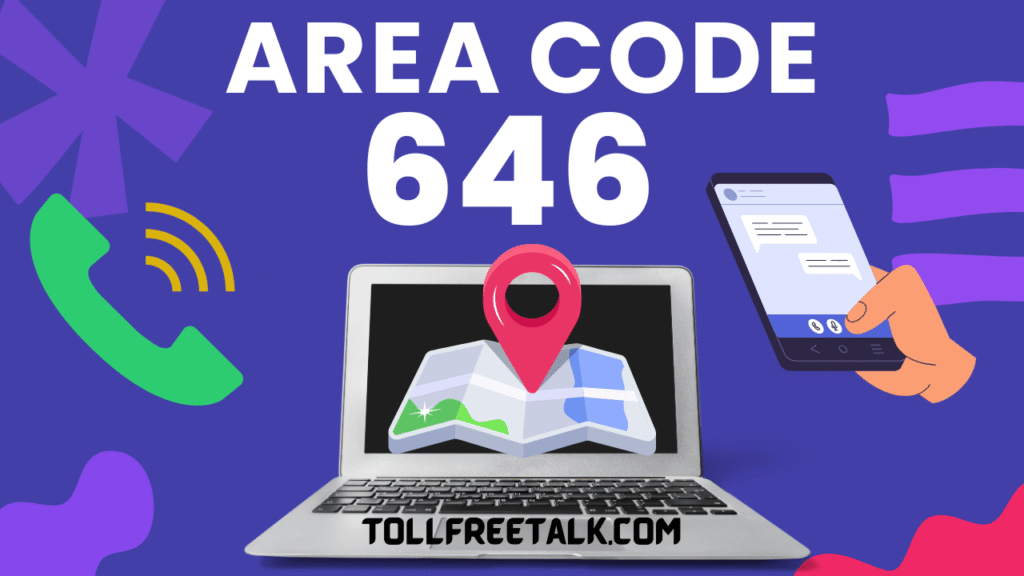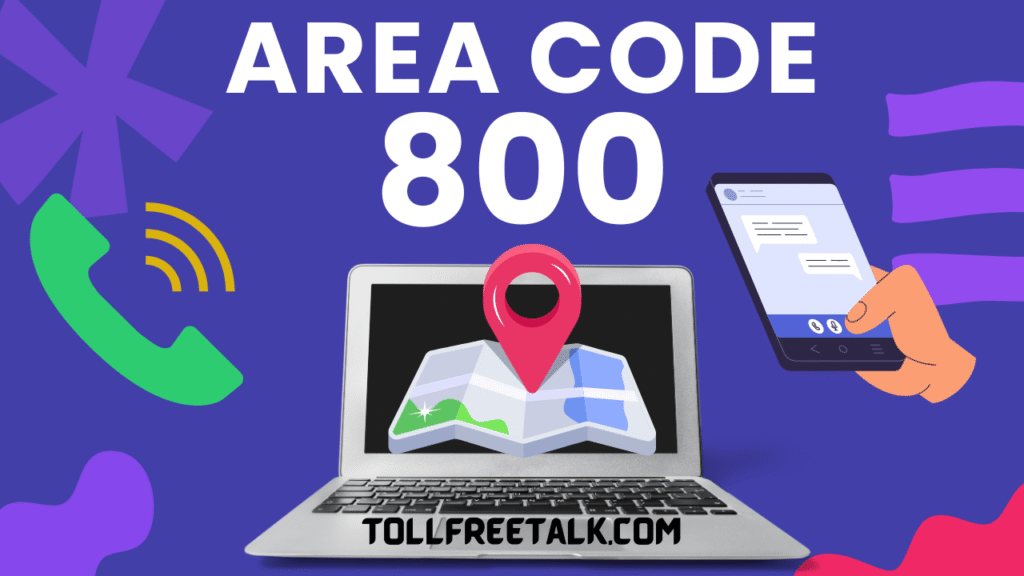A three-digit area code is more than just a prefix for a phone number; it’s a geographic identity, a digital address that connects and defines a community. For the vibrant, diverse, and ever-evolving eastern side of the San Francisco Bay, that identity is the familiar 510 Area Code. It’s a number synonymous with industrial innovation, cultural revolutions, and some of California’s most iconic cities.

Whether you’re planning a move, starting a business, or are simply curious about the fabric of the Bay Area, this guide explores the geography, culture, and history tied to this East Bay identifier. We’ll explore its landscape, the character of its communities, its fascinating telecommunications story, and the practical details you need to know about local dialling.
Read also What Is 619 Area Code
Where is the 510? A Geographical Tour
Area code 510 is exclusively located in California, serving the western portions of Alameda County and Contra Costa County. This region is popularly known as the East Bay. Situated just across the water from San Francisco and Marin County (area code 415) and north of Silicon Valley’s San Jose (area code 408), the 510 holds a strategic and central position in Northern California.
It covers a densely populated corridor that runs along the eastern shores of the San Francisco Bay. The area is defined by its bustling waterfronts to the west and a range of rolling hills to the east, which form a natural border with the neighboring 925 area code.
For quick reference, here are the key locations within the 510 territory:
| Category | Details |
| State | California |
| Region | San Francisco Bay Area (East Bay) |
| Counties | Western Alameda County, Western Contra Costa County |
| Major Cities | Oakland, Berkeley, Fremont, Hayward, Richmond, Alameda, San Leandro |
| Time Zone | Pacific Time Zone (UTC-8) |
Read also Virtual Phone Number
The Cities of the 510: A Hub of Culture, Innovation, and History
To truly understand the 510, you have to know its cities. This isn’t a monolithic region; it’s a collection of communities, each with a unique identity and contribution to the Bay Area’s story.
- Oakland: As the largest city in this zone, Oakland is its beating heart. It’s home to the Port of Oakland, one of the busiest container ports in the United States, making it a critical hub for international trade. Beyond its industrial might, Oakland boasts a thriving cultural hub, a celebrated culinary landscape, and historic neighborhoods like Jack London Square.
- Berkeley: Immediately north of Oakland, Berkeley is world-renowned for the University of California, Berkeley, and its history as a center for the 1960s Free Speech Movement. This academic and political legacy continues today, making Berkeley a center of intellectual thought, progressive ideas, and youthful energy.
- Fremont: Located in the southern end of the region, Fremont represents the area’s connection to the tech hub of Silicon Valley. As a key part of “Silicon Valley East,” it’s home to the Tesla factory and numerous tech firms. Fremont is a sprawling, diverse suburban city known for its excellent schools and family-friendly communities.
- Hayward and San Leandro: These cities form the core of the East Bay’s industrial and manufacturing base. They are known for their strong, working-class roots and have become increasingly diverse, offering more affordable living options while still providing excellent access to the entire Bay Area.
- Richmond: Situated at the northern edge of the 510, Richmond has a rich industrial history, particularly from its role in shipbuilding during World War II. Today, it’s a city in transition, focusing on revitalization and leveraging its beautiful shoreline parks.
Benefits of a 510 Area Code
For businesses and individuals, having a number with a local area code offers distinct advantages. A 510 number can:
- Establish a Local Presence: A 510 phone number immediately signals to customers that you have a presence in the economically vital East Bay. This can increase trust and encourage local customers to call, as they often prefer dealing with local businesses.
- Build Credibility: It connects your business identity with the established and diverse economy of Oakland, Berkeley, and the surrounding cities. This association can lend credibility to your brand.
- Improve Marketing Response: Local marketing campaigns, whether online or in print, often see better response rates when a local phone number is used instead of a toll-free or out-of-state number.
- Leverage Geographic Pride: Many residents have a strong sense of local identity. A 510 number is a small but significant way to show that you are part of the same community.
Read also What Is 346 Area Code
How to Get a 510 Number
If you’re looking to get a phone number in the East Bay, here are your options:
- Mobile Phone Carriers: When setting up a new line with major providers like Verizon, AT&T, or T-Mobile and providing a local address, your new number will be from this region.
- VoIP Providers: Voice over IP services like Google Voice, Ooma, or business-focused platforms like RingCentral and Nextiva allow you to choose a number based on a specific area code. This is an excellent option for businesses that want a local virtual presence without a physical office.
Important Note: Due to the 341 overlay, you cannot be guaranteed a 510 number specifically. When you request a new number for this region, you will be assigned either a 510 or a 341 based on availability. Both serve the exact same area.
510 Area Code Scams and Safety: How to Protect Yourself
Unfortunately, phone scams are common everywhere, including the 510 Area Code. Scammers often use local numbers to appear more legitimate. Be aware of these common tactics:
- Phishing/Smishing: You might receive a text message (smishing) or a call (phishing) pretending to be from a local bank, utility company, or government agency, asking for personal information like passwords or your social security number.
- One-Ring Scams: You receive a call from an unknown number that hangs up after one ring. Scammers hope you will be curious and call back, which may connect you to a premium-rate number that charges high fees.
- Impersonation: A caller might claim a family member is in trouble and needs money urgently.
Safety Tips:
- Never give out personal or financial information over the phone unless you initiated the call and are certain who you’re speaking to.
- Do not call back unknown numbers. If it’s important, they will leave a voicemail.
- Be skeptical of urgent requests for money or information.
- Use call-blocking features on your smartphone or contact your carrier about blocking services.
The Story of This Prefix: From a Necessary Split to a Modern Overlay
The history of this specific telecommunications code is a story of the Bay Area’s explosive growth and the constant demand for more phone numbers.
The Great Split of 1991
Before 1991, the entire San Francisco Bay Area—from Marin to San Francisco and across to the East Bay—was served by the iconic 415 area code. As the population surged, the demand for new phone lines became unsustainable. On September 2, 1991, a major change occurred: the 415 area code was split. San Francisco and Marin County kept 415, while the entire East Bay was assigned the new 510 prefix.
The Creation of 925
The East Bay itself continued to grow rapidly. By the late 1990s, the 510 was already facing its own number shortage. To solve this, another split happened on March 14, 1998. The inland valleys of the East Bay, including cities like Walnut Creek and Concord, were given the new 925 area code. This consolidated the 510 Area Code to the communities running along the bay’s coast.
The 341 Overlay: Adapting to the 21st Century
By the late 2010s, with the proliferation of cell phones and business lines, the 510 was once again running out of numbers. Instead of another disruptive split, the California Public Utilities Commission approved a different solution: an overlay.
On July 22, 2019, the 341 area code was launched to serve the same geographic area as the 510. This means:
- Both 510 and 341 numbers are assigned to new customers.
- Your existing 510 number does not change.
- The most significant change for residents was the implementation of mandatory ten-digit dialing. Even if you are calling your neighbor across the street, you must dial the full number.
Read also What Is The 917 Area Code
Conclusion
The 510 is a testament to the growth, diversity, and resilience of California’s East Bay. It represents a region that is both deeply historic and aggressively forward-looking—a place where major ports, world-class universities, and leading tech companies coexist. Understanding its boundaries, its cities, and the evolution of its telecommunications plan is essential for anyone looking to connect with this vital part of the Golden State.
FAQs
Which major cities use the 510 area code? The largest and most well-known cities are Oakland, Berkeley, Fremont, and Hayward. Other key cities include Richmond, Alameda, and San Leandro.
What’s the difference between the 510 and 925 area codes? The 510 serves the western, coastal part of the East Bay (like Oakland and Berkeley), while the 925 serves the inland valleys (like Walnut Creek and Pleasanton). The Berkeley Hills generally form the dividing line.
Why was the 341 area code added? The 341 area code was added as an overlay because the supply of 510 phone numbers was nearly exhausted. The overlay allows for millions of new numbers to be issued without splitting the region again.
Do I always have to dial 10 digits for local calls? Yes. Since the 341 overlay was implemented, you must dial the full ten-digit number (Area Code + Number) for all local calls within the 510 and 341 territory.
Which major cities are included? The largest and most well-known cities are Oakland, Berkeley, Fremont, and Hayward. Other key cities include Richmond, Alameda, and San Leandro.
What’s the difference between the 510 and 925 area codes? The 510 serves the western, coastal part of the East Bay (like Oakland), while the 925 serves the inland valleys (like Walnut Creek).
Why was the 341 area code added? The 341 area code was added as an overlay because the supply of 510 phone numbers was nearly exhausted.
Do I always have to dial 10 digits for local calls? Yes. Since the 341 overlay was implemented, you must dial the full ten-digit number (Area Code + Number) for all local calls.

